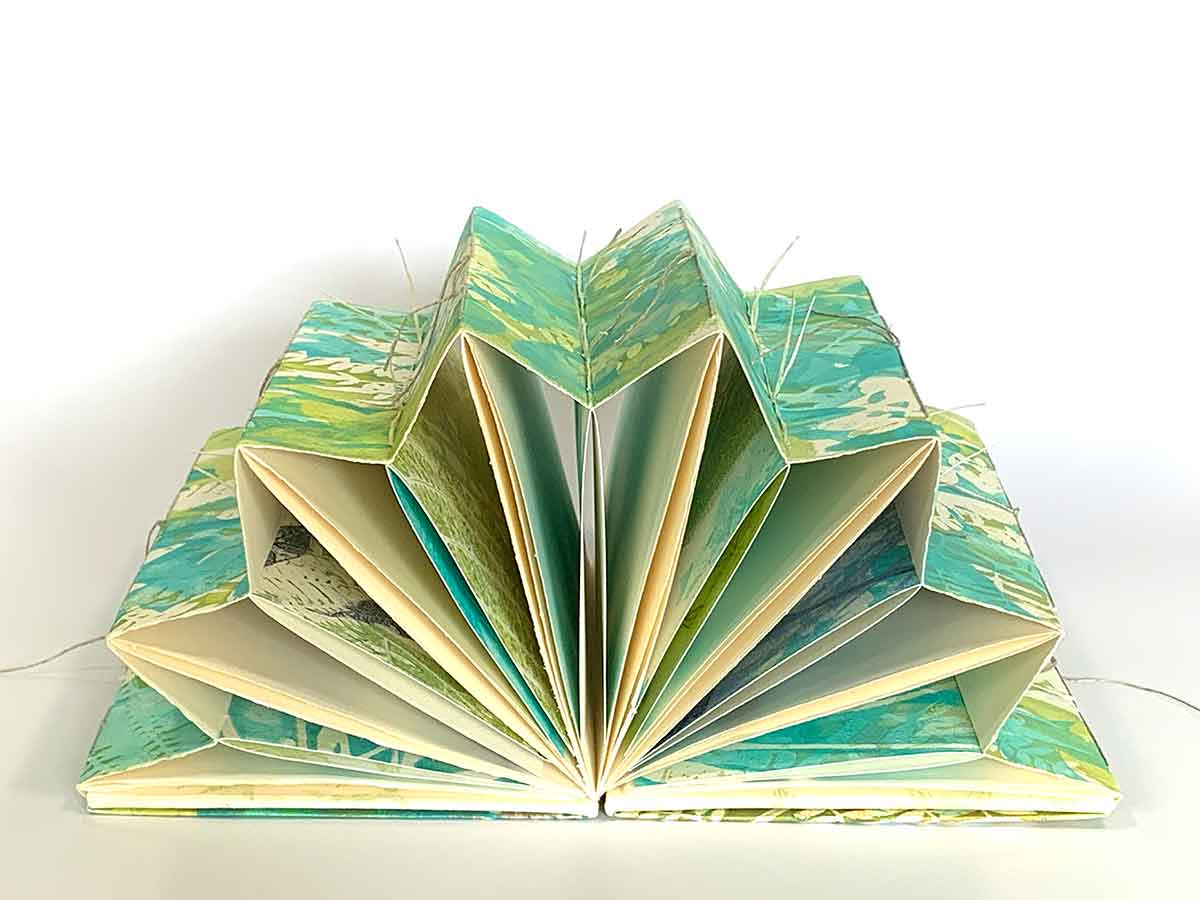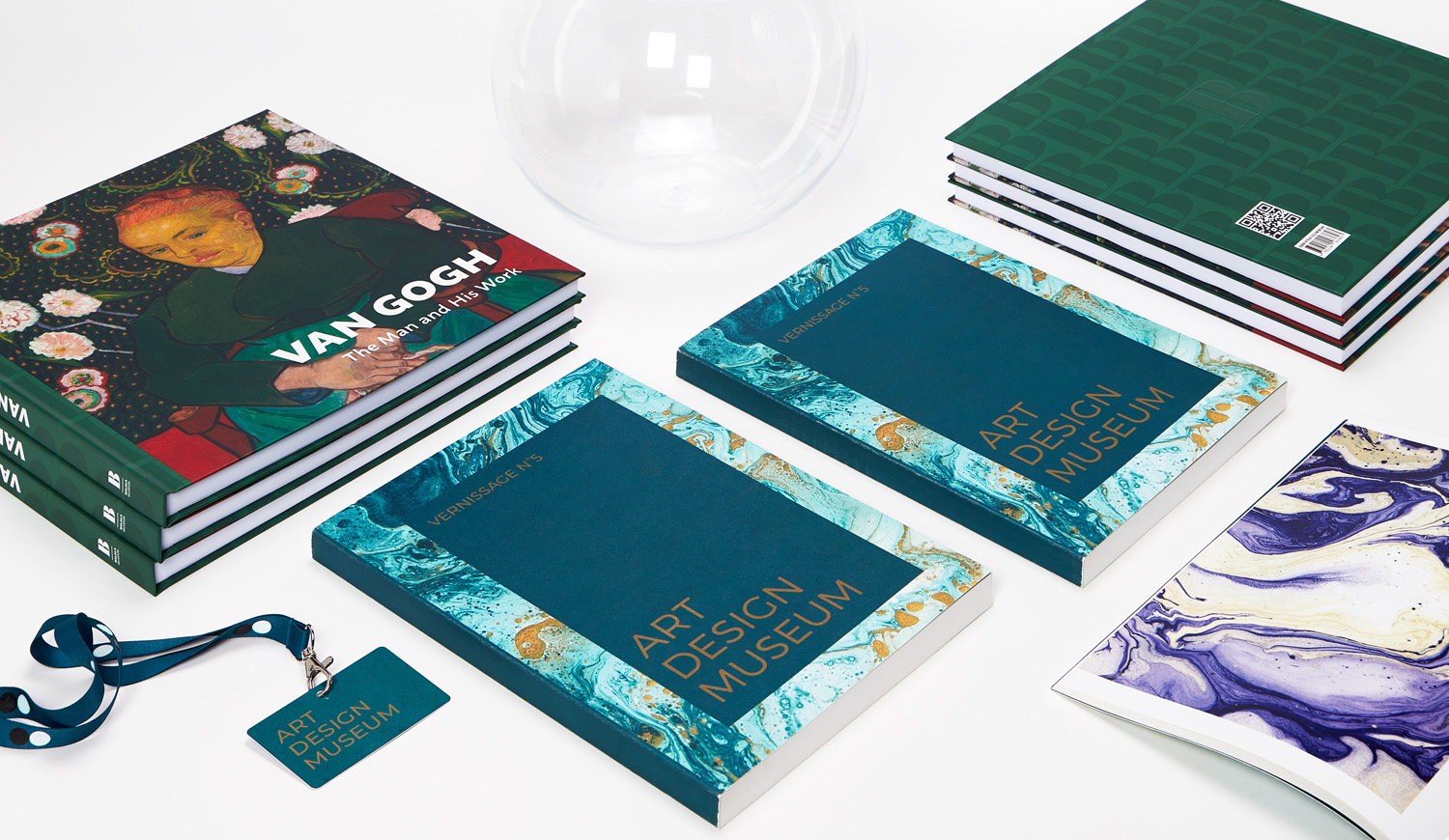Comprehending the Refine Behind High-grade Art Book Printing for Art Lovers
When it comes to high-grade art book printing, understanding the details of the process can boost your recognition for the last product. You could not understand just how vital paper selection and ink choices are to the vibrancy of art work. Each element plays a significant duty in accomplishing the preferred result. As you check out the different parts of art book printing, you'll discover insights that might change your viewpoint on art conservation and presentation.
The Importance of Paper Choice in Art Book Printing
When it involves art book printing, the selection of paper can make or break the last product. You desire your art work to beam, and the appropriate paper improves color vibrancy and detail. Consider variables like weight, texture, and finish; these elements considerably impact just how viewers view your work.
For example, a larger supply conveys quality and resilience, while a distinctive coating can include depth to photos. Smooth paper is exceptional for comprehensive reproductions, permitting great lines and subtle shades to appear crisp.
Don't forget the paper's brightness; a brighter sheet can assist colors pop, making your art more captivating. You'll also intend to think about just how the paper engages with inks and whether it can handle the printing process without buckling or bleed-through. Ultimately, choosing the best paper establishes the stage for your art, guaranteeing it catches the audience's attention equally as you imagined.
Selecting the Right Inks for Dynamic Recreations
Selecting the appropriate inks is equally as vital as selecting high quality paper to accomplish dynamic recreations in your art book. When you're printing art work, you desire colors that stand out and accurately stand for the original piece. Decide for inks with a high pigment concentration; these often tend to produce richer and a lot more saturated colors.
You may consider using archival inks, which withstand fading gradually, guaranteeing your art book continues to be as striking as the day it was printed. If you're dealing with photographs or digitally produced art, pigment-based inks can supply a wider shade gamut, enhancing information and deepness.
Do not forget the coating! Matte and glossy inks can dramatically alter the appearance of your artwork, so consider the appearance you're aiming to accomplish - art book. Eventually, the best ink choice matches your paper option, producing a stunning aesthetic experience for your readers
The Function of Shade Monitoring in Print Quality
Shade management plays a vital role in attaining high print high quality for your art book. It guarantees that the shades you see on your screen convert precisely to the printed web page. Without effective shade monitoring, your vibrant art work may show up dull or altered, undermining your innovative vision.
Next off, utilize shade profiles tailored for your printer and paper kind. These profiles direct the printer in duplicating colors accurately, minimizing discrepancies between digital and printed variations.
When you prepare your data, consider utilizing a shade area like Adobe RGB or CMYK, relying on your printer's specifications. Always proof your work, also; a test print can reveal any kind of potential shade concerns prior to the last run. By focusing on color administration, you secure the stability of your art, ensuring your audience experiences it as you intended.

Comprehending Different Binding Techniques
Attaining the perfect try to find your art book exceeds shade administration; binding methods also play a significant role in its total presentation and toughness. You have a number of options to evaluate, each with its very own special characteristics.
If you're going for an expert feeling, situation binding offers a tough option with a tough cover, ideal for showcasing your art work. On the various other hand, ideal binding provides a versatile back while keeping expenses down, making it a preferred choice for softcover publications.
Spiral binding enables your art book to lay flat, which is great for showing photos without obstruction. On the other hand, saddle sewing is ideal for smaller brochures, offering a tidy coating without the mass.
Ultimately, the binding method you select ought to show your artistic vision and exactly how you want readers to engage with your job. Make sure to weigh these options meticulously to attain the most effective end result for your task.
The Effect of Publish Size and Layout on Presentation
While the choice of print size and format may why not find out more seem secondary to web content, they substantially affect exactly how your artwork is viewed. The dimensions of your prints can either enhance or lessen the effect of your pieces. Bigger prints can draw audiences in, allowing them to value elaborate details, while smaller sized formats might need more intimate involvement.

Conservation Strategies for Lasting Art Books
To assure your art publications stand the test of time, it's crucial to execute efficient conservation techniques. Start by storing them in a great, dry environment, away from straight sunshine and moisture. This prevents fading and warping, keeping your pages intact. Use acid-free storage boxes or protective sleeves to protect them from dust and physical damages.
When handling your books, always clean your hands or put on cotton handwear covers to stay clear of oils and dirt transferring onto the pages. Stay clear of bending or creasing the backs; instead, use book sustains when presenting them.
For included protection, consider purchasing archival-quality materials for any repair services or improvements. Consistently inspect your collection for indications of wear or damages, resolving concerns promptly. By complying with these easy strategies, you can ensure your art books continue to be lively and easily accessible for years to find, preserving their appeal and value for future generations.
Teaming up With Printers for Optimum Results
When you're prepared to publish your art book, choosing the best printer is necessary to accomplishing your vision. Clear interaction concerning your expectations and requirements will certainly help ensure that both you and the printer get on the exact same page. Let's discover how to make this partnership as smooth and effective as feasible.
Picking the Right Printer

Efficient Interaction Approaches
Effective interaction is crucial for turning your art book vision right into fact, specifically when collaborating with printers. art book. Begin by plainly detailing your task's objectives, consisting of design elements, preferred materials, and any type of specific printing techniques. Don't be reluctant to share your motivations and recommendations; this assists the printer comprehend your aesthetic
Be open to responses, as printers typically have valuable insights that can boost your project. This partnership will certainly guarantee that your art book satisfies your assumptions and shines in its last kind.
Frequently Asked Concerns
What Prevail Blunders to Avoid in Art Book Printing?
When printing your art book, prevent usual blunders like poor resolution images, inaccurate shade accounts, and neglecting web page layout. Don't forget to check and ascertain details to confirm your final product satisfies your expectations.
How Does Digital Printing Differ From Conventional Printing Techniques?
Digital printing utilizes electronic data to produce prints straight, enabling for quicker turnaround and modification. On the other hand, typical approaches entail physical plates, which can be taxing and much less versatile for little runs or one-of-a-kind layouts.
What Is the Normal Turnaround Time for Art Book Printing?
The common turnaround time for art book printing differs, yet you can expect it to take anywhere from a few weeks to several months. Variables like intricacy, quantity, and printing method all affect this timeline.
Can I Print a Minimal Version Art Book Economically?
You can publish a limited version art book economically by selecting cost-efficient materials, optimizing print runs, and making use of digital printing alternatives. Careful preparation and budgeting will aid you achieve top quality without spending too much.
What Are the Ecological Considerations in Art Book Printing?
When considering art book printing, you need to believe concerning green materials, lasting inks, and energy-efficient procedures (art book). Choosing neighborhood printers can additionally reduce your carbon impact, making your project both lovely and environmentally liable